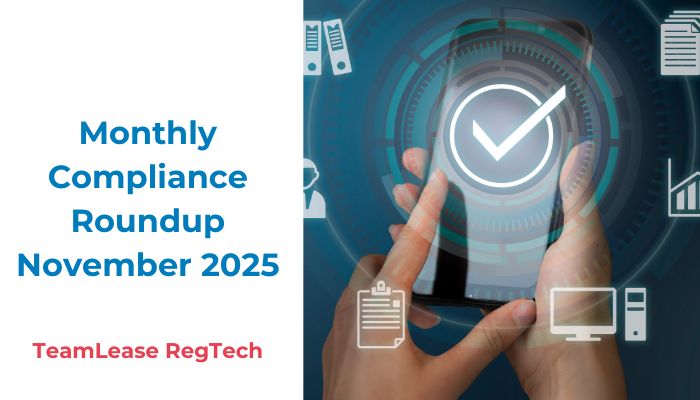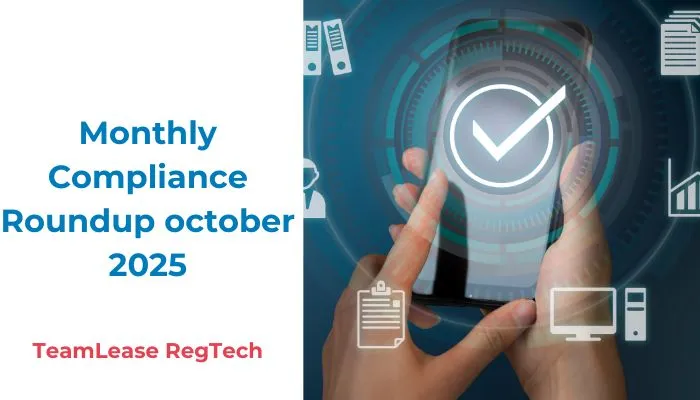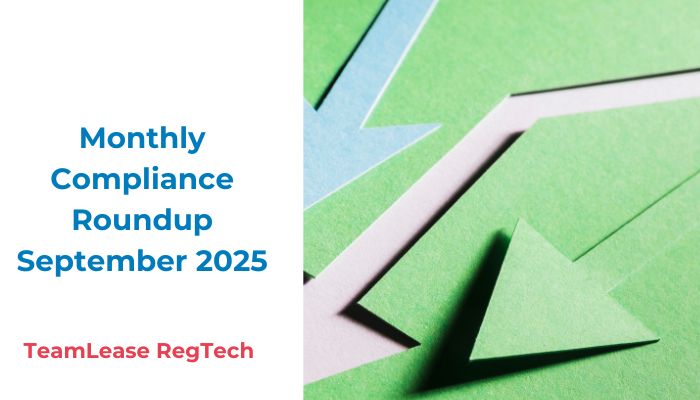In many ways, technology and innovation have made people work more efficiently. Engineers and developers have made great strides in the creation of both software and hardware utility tools and gadgets designed to improve the future of work. These improvements have played a vital role in salvaging the economies of many nations during these difficult times. Accordingly, many digital innovations and tools have received widespread use and adoption by both businesses and governments. One such innovation that has been of immense benefit and advantage to organizations is the use of digital technology for employee background verification.
Understanding Employee Background Verification
An employee background verification or employee background check describes the process of information gathering on an employer by organizations. It’s an all-encompassing procedure that involves the collection of criminal, financial, educational, commercial, and employment records of an employee. Essentially, it’s the process of carrying out background investigations on potential employees. In a bid to maintain already set standards during the hiring process, companies ensure they put everything in order. But hiring employees increases the potential business and security risks of the corporation. To militate against this, organizations do a pre-employment background check on candidates.
Limitations of Traditional Background Verification Methods
When it comes to employee background verification, the traditional process used, which relies on too much human intervention to work, is tedious and time-consuming. The reference checks method used for document collection, data arrangement, vendor management, and regular follow-ups renders the system unsustainable and ineffective for the current digitally enhanced environment.
Also, the conventional process of the employee background verification experience involves filling of multiple forms, document sharing, joining formalities, onboarding delays, which is undesirable for employees. There is also the possibility of more sophisticated employee fraud being perpetrated due to the changing nature of the workplace environment. With the remote-working situation gathering momentum, traditional employee background verification procedures cannot possibly begin to address the new forms of employee fraud. And the current system will make it difficult for HR professionals to conduct background screening on their candidates.
Advancements in Technology and Digitally Enhanced Background Verification
However, with the advancement made in the field of artificial intelligence and machine learning, many companies are finally doing away with the old ways of employee background verification. New digitally enhanced tools are designed to process large amounts of data in a few minutes. Now, organizations can do employee background checks by simply entering their names into a search engine, and all matches to that name from multiple web databases will come up in a matter of seconds.
Also, organizations can employ complex data analytics tools that use AI and machine learning for more relevant results. There are tools hiring companies can use to further analyze risks and threats levels certain candidates pose to the firm. By flagging key phrases such as “termination of employment,” they can collect relevant information about certain aspects of a candidate’s employment record that might have otherwise stayed hidden.
Real-Time Verification and Contactless Digital Onboarding
Technology has advanced to the point where organizations can perform real-time verification and contactless digital onboarding process of employee background verification. This system relies on the use of proprietary databases and authentication technology. With these databases, companies can carry out employee background database verification securely and instantly.
References:
- Employee background check | Corporate Finance Institute
- Nigeria: Background checks on employees | Dayo Adu November 21, 2018
Related Topics






